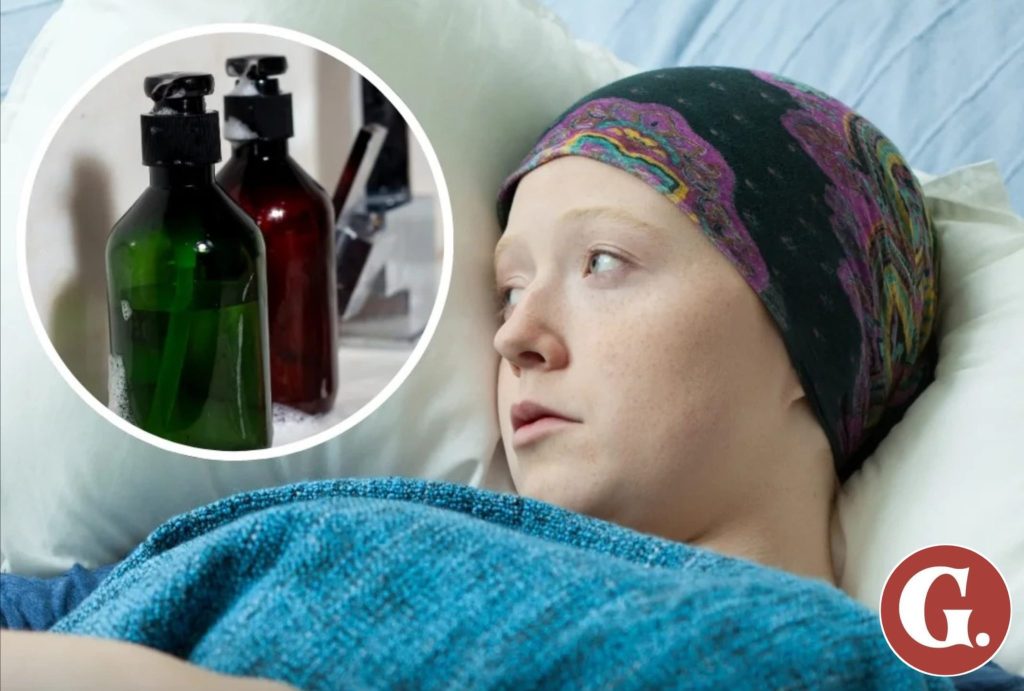Carcinogenic Chemicals Found in Everyday Shampoos, Lotions, and Soaps — What You Need to Know Before Your Next Shower
Every day, without much thought, we step into the shower, lather up with our favorite shampoo, rinse with a fragrant body wash, and smooth on a silky lotion that promises to keep our skin soft. These are products we’ve used for years — maybe even decades — and they’ve become part of our personal rituals. We trust them, not just because they’re sitting on store shelves, but because they’re from brands that have been in our homes since childhood. We assume they’re safe. But what if they’re not?
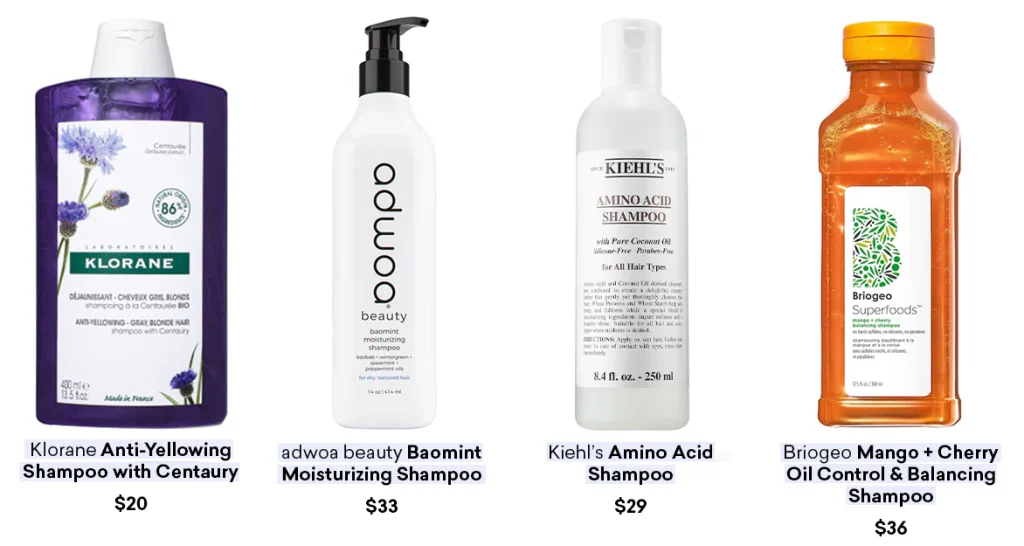
Recent laboratory findings are forcing many people to look at their bathroom shelves with new eyes. Scientists have detected chemicals in popular personal care products — shampoos, lotions, body washes, and soaps — that are linked to cancer. These aren’t obscure, niche products. They’re the mainstream brands you see in every supermarket, pharmacy, and online store. And the problem isn’t isolated to one or two bad batches; it’s systemic. The concern is that certain preservatives, fragrances, and by-products in these formulas are classified as known or probable human carcinogens by international health agencies.
Among the most concerning substances are formaldehyde-releasing preservatives, parabens, and certain synthetic fragrance compounds. Formaldehyde is well-known for its industrial uses — in embalming fluid, for example — but many people don’t realize that small amounts can be released over time from certain cosmetic preservatives. The International Agency for Research on Cancer (IARC) has classified formaldehyde as a known human carcinogen. Another common contaminant, 1,4-dioxane, isn’t intentionally added to products but is a by-product of manufacturing processes used to make cleansers and shampoos gentler. It, too, is classified as a probable human carcinogen.

Then there are parabens, which are widely used to prevent mold and bacteria from growing in cosmetics. While parabens themselves aren’t classified as carcinogens, they are endocrine disruptors, meaning they can interfere with hormones in the body. Over time, hormonal disruption can contribute to cancer risk, particularly hormone-related cancers like breast cancer. Synthetic fragrances — those “signature scents” that make your lotion smell like vanilla or your shampoo smell like fresh flowers — can be an even murkier issue. The word “fragrance” or “parfum” on a label can hide dozens, even hundreds, of chemical compounds, many of which haven’t been individually tested for long-term safety.

The real danger lies in the fact that these exposures don’t happen once. They happen daily, sometimes multiple times a day, and they happen in combination. You wash your hair, use a body wash, apply lotion, maybe add perfume, and throughout the day, those chemicals are sitting on your skin, being absorbed into your body. One product on its own might not be enough to cause harm, but researchers warn that the cumulative effect — what’s known as the “toxic load” — can be significant, especially when combined with other environmental exposures like air pollution, processed food additives, and household cleaners.
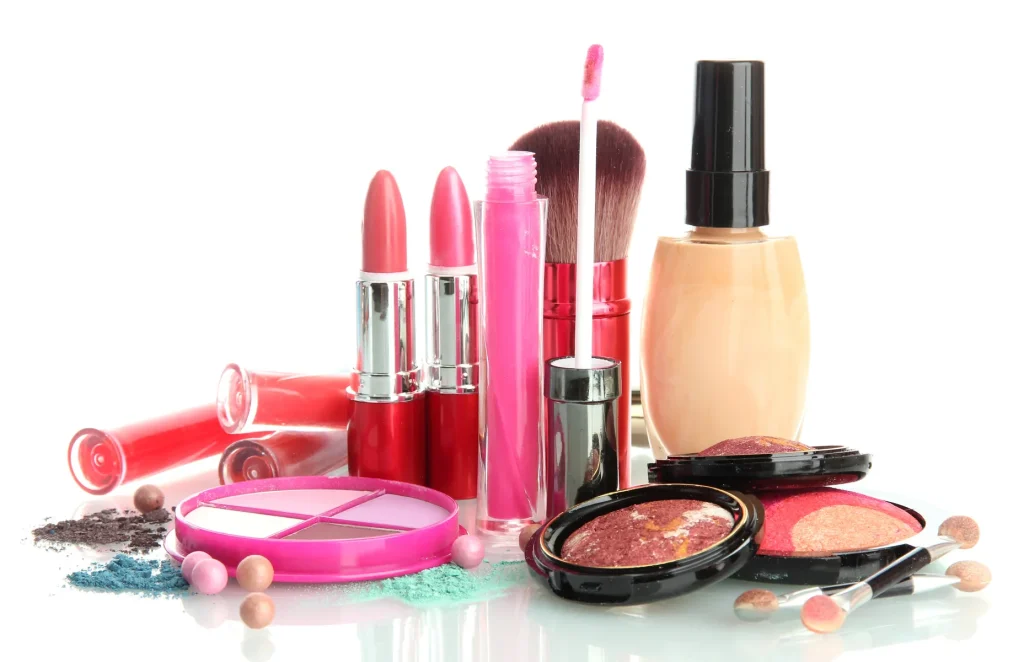
This issue becomes even more pressing for women, who statistically use more personal care products than men. According to the Environmental Working Group (EWG), the average woman uses about 12 different personal care products every day, exposing herself to over 160 different chemicals. Many of these ingredients are perfectly safe, but when products contain substances with known or suspected links to cancer, the daily repetition of use turns what might be “trace amounts” into something much harder to ignore.
Some consumers might assume that if a product is on the shelves, it must have passed strict safety regulations. Unfortunately, in the United States, the cosmetics industry operates under far looser rules than most people realize. The Food and Drug Administration (FDA) does not require pre-market approval for cosmetics or personal care products (except for color additives), and companies are largely responsible for ensuring their own products’ safety. Ingredients can be used without thorough, independent testing, and many chemicals banned in the European Union for safety concerns are still allowed in American products.
When people first hear about this, their immediate reaction is often one of disbelief — after all, these are everyday items. But history has shown us time and again that popular consumer products can contain harmful substances that take years to be regulated or removed from the market. Think of lead in gasoline, asbestos in building materials, or even tobacco products once marketed as “doctor recommended.” The truth is, regulations often lag behind science, and the responsibility to protect ourselves sometimes falls on the consumer long before the government steps in.
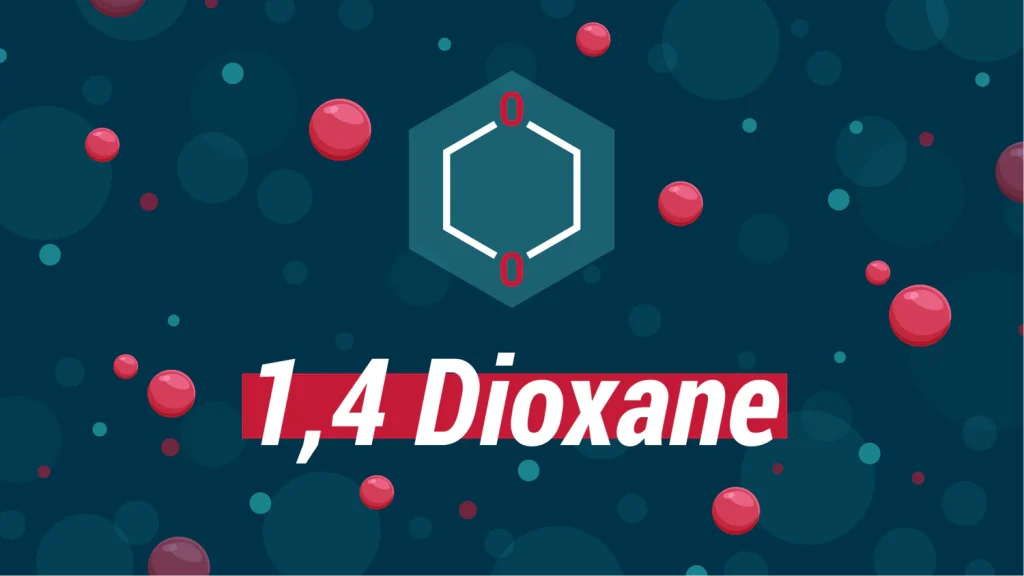
So what can you do? Reading labels is a start, but it’s not always straightforward. The term “fragrance” can legally hide multiple undisclosed ingredients. Words like “natural” or “organic” on a bottle aren’t always backed by certification. Experts suggest looking for third-party certifications like “EWG Verified,” “USDA Organic,” or “Made Safe,” which require stricter ingredient standards. Choosing products with simple, transparent ingredient lists can also help minimize exposure. Avoiding known problematic chemicals — like formaldehyde-releasing preservatives (often listed as quaternium-15, DMDM hydantoin, or imidazolidinyl urea) and parabens (methylparaben, propylparaben) — is another practical step.
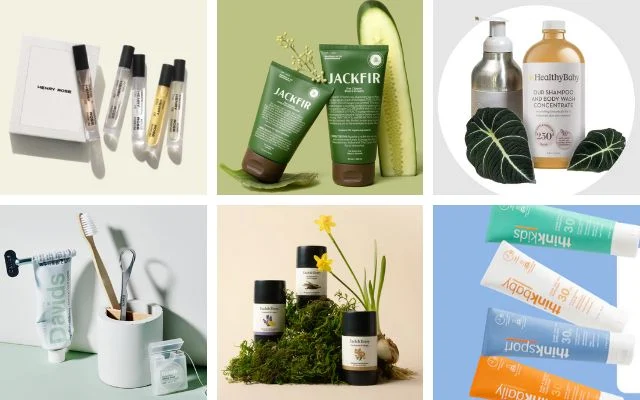
Of course, not everyone can afford to overhaul their entire bathroom cabinet overnight, and that’s okay. Even small changes — like swapping out your daily lotion for a safer brand, or choosing a fragrance-free body wash — can reduce your cumulative exposure. The goal isn’t to live in fear of every bottle and tube, but to make informed choices whenever possible.
The larger question is whether this will lead to lasting change in the industry. Consumer demand has already pushed many brands to remove certain controversial ingredients, like sulfates and phthalates, from their products. As awareness about carcinogenic chemicals grows, companies will likely face increasing pressure to reformulate. But until regulation catches up, it’s up to each of us to stay informed and be selective about what we put on our bodies every single day.
Next time you reach for your favorite shampoo or lotion, remember — the choice isn’t just about scent or texture. It’s about what’s inside, what it’s doing to your body over time, and whether you’re comfortable with that risk. The truth is, beauty and self-care should never come at the expense of health. And once you know what’s in your products, you can start making sure they don’t.
